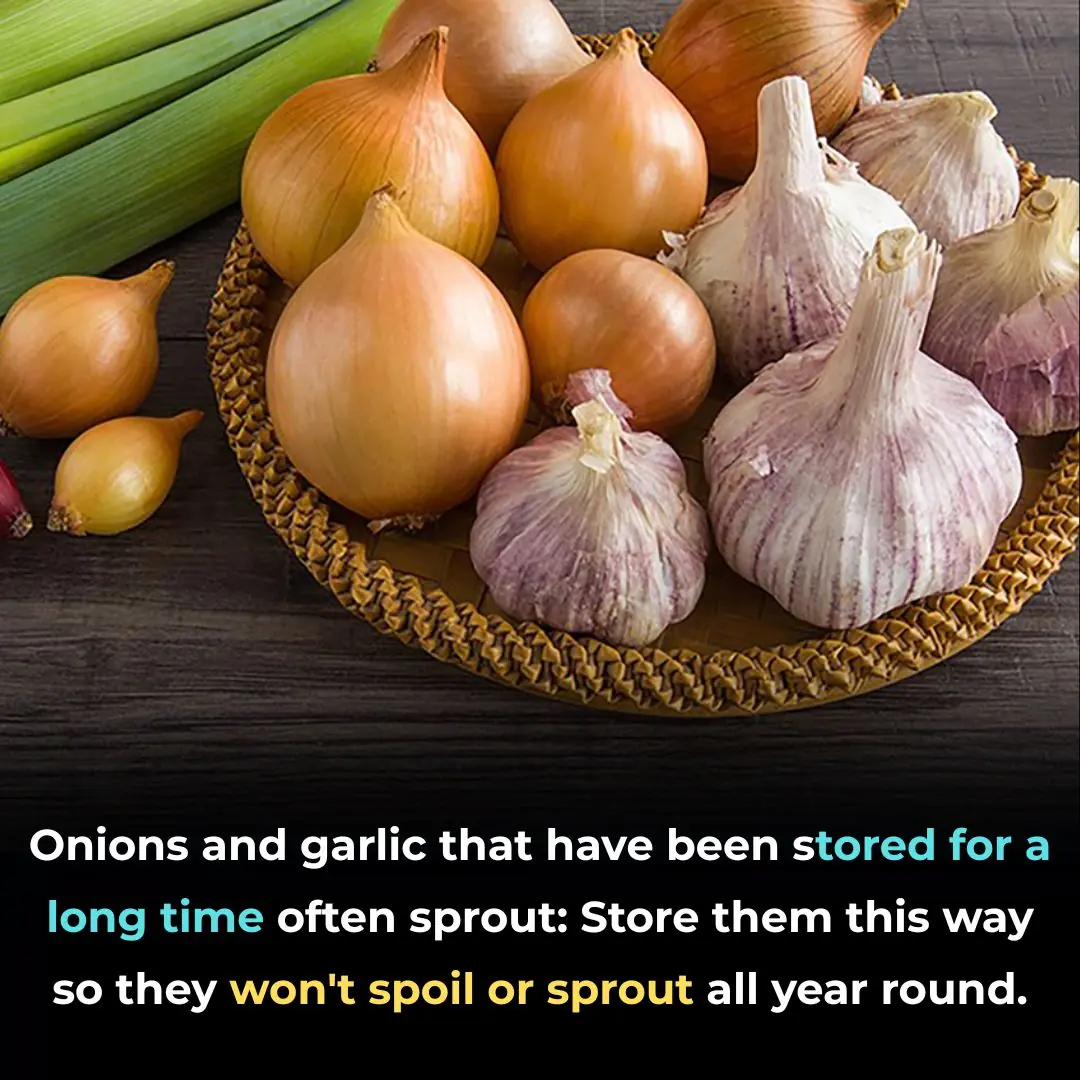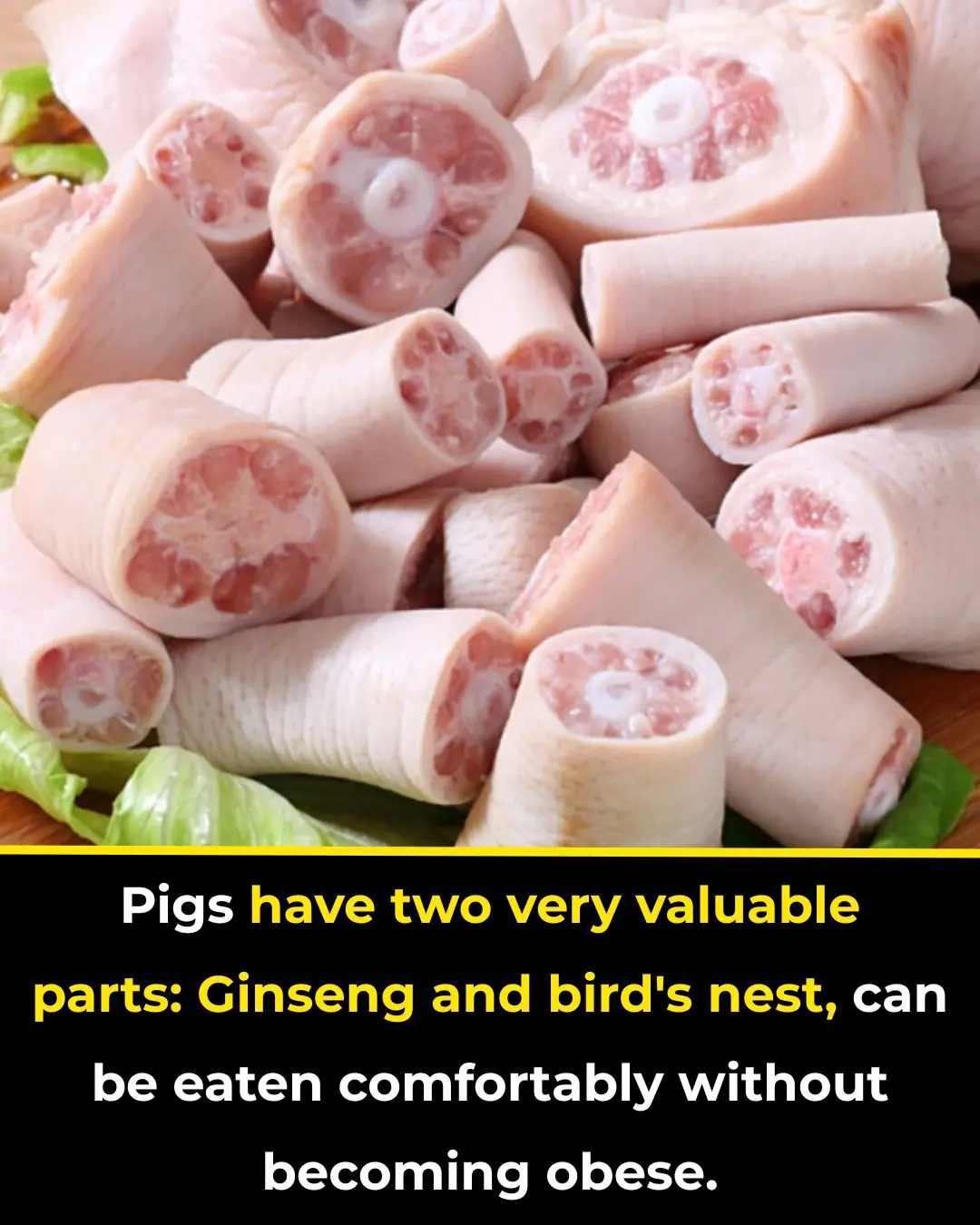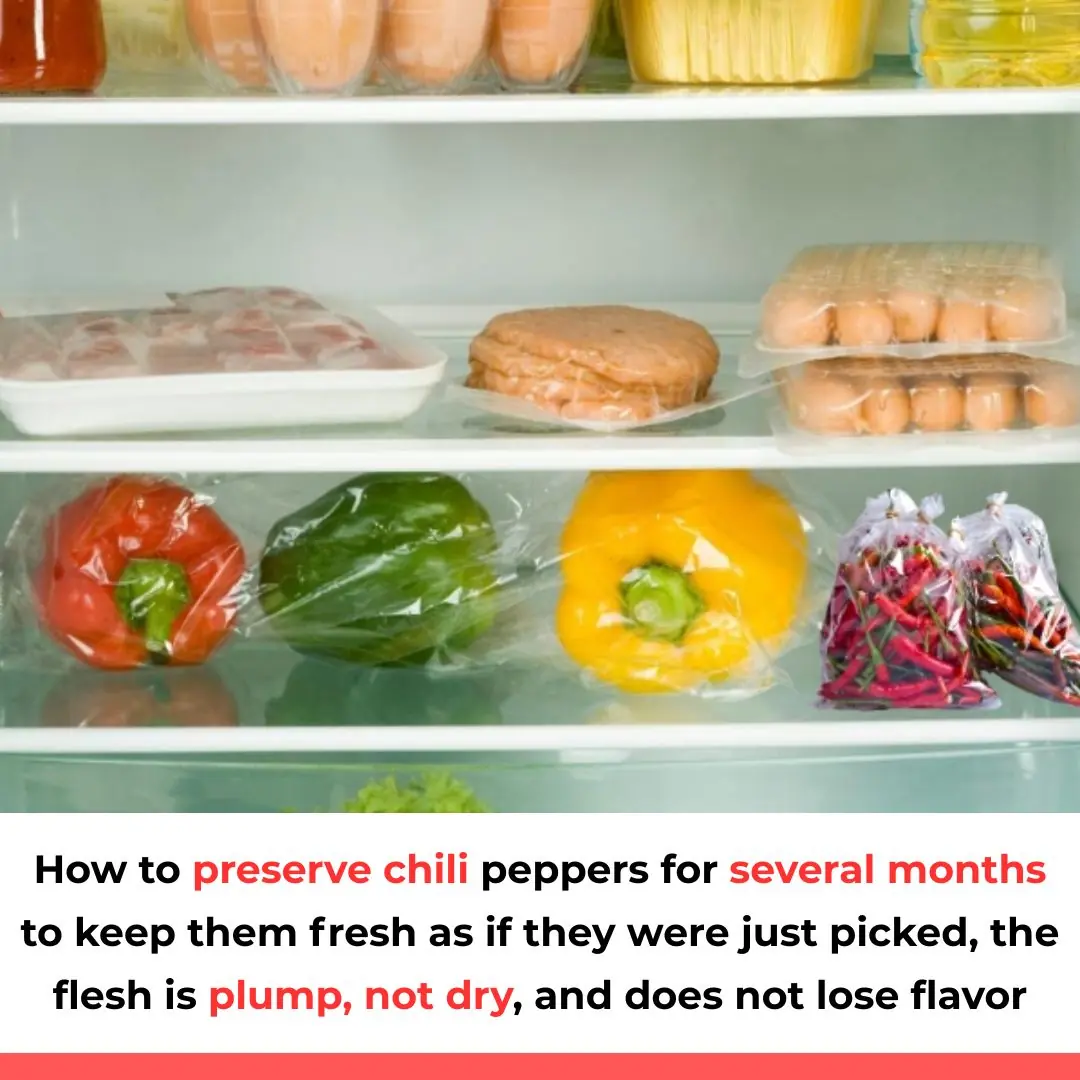
Blanching pork in boiling water, you think it's clean but it absorbs more dirt: This is the right way to do it
Should You Blanch Pork in Boiling Water Before Cooking? The Truth Behind a Common Kitchen Habit
Many people have the habit of blanching pork in boiling water before cooking, believing that it helps remove impurities and makes the meat cleaner and safer to eat. But is this really true? Let’s find out what food experts say about this popular cooking practice.
The Misconception About Blanching Pork
In an effort to ensure delicious and hygienic meals, home cooks often try various methods to clean and prepare meat. One widely shared tip is to pour boiling water over pork before cooking, assuming that high temperatures will kill bacteria and wash away harmful substances.
However, in reality, this method does not effectively eliminate toxins or dirt. In fact, it may even make the meat less healthy.
Pork is rich in protein and fat, while vitamins and amino acids are mostly found within the muscle fibers. When unwashed pork is suddenly exposed to boiling water, the outer layer of the meat tightens quickly. This prevents any remaining dirt or residue from escaping and can even cause these impurities to be drawn deeper into the meat. As a result, instead of cleaning the pork, blanching it this way may make it less safe to consume.
The Right Way to Clean Pork
To ensure your meat is both clean and flavorful, start by rinsing it thoroughly several times with clean, running water. After that, you can rub the meat with salt or rinse it with a diluted saltwater solution before washing it again with fresh water.
Another effective method is to soak pork or bones in rice water (the water you get from washing rice) for about an hour. This helps remove dirt, excess blood, and unpleasant odors while softening the meat and enhancing its aroma when cooked.
Alternatively, you can soak the pork in a mixture of water and white vinegar for about 15 minutes. Vinegar helps tenderize the meat and draw out residual blood, leaving it fresher and less greasy. After soaking, rinse the meat well and let it drain before cooking.
Should You Boil Pork in Cold or Hot Water?
There are two common ways to boil pork: starting with cold water or with boiling water. Each has its own benefits, depending on the dish you’re preparing.
If you boil pork in hot water, the meat tends to stay juicy, tender, and sweet. The nutrients are retained inside the meat because it cooks faster, without excessive leaching of flavor. On the other hand, boiling pork from cold water allows nutrients and flavor to seep into the broth, resulting in a more flavorful soup but less flavorful meat.
In short, if you want tasty pork, start with hot water. But if you prefer a rich, savory broth, start with cold water. Either way, remember to skim off the foam and scum that form on the surface to keep the broth clear and clean.
To enhance the flavor and reduce any porky odor, add roasted shallots, lemongrass, or a slice of ginger to the boiling water. These aromatics not only remove unpleasant smells but also infuse the meat with a subtle fragrance.
Tips for Choosing Fresh and Safe Pork
The quality of your dish starts with choosing the right meat. Here’s how to identify fresh, clean, and safe pork:
1. Color and Smell
Fresh pork should have a light pink to dark red color with a natural sheen. The surface should be dry but not sticky, and it should have a pleasant, mild scent. Avoid meat that smells sour, oily, or has a grayish tone. When cooked, clean pork produces clear broth with a thin layer of fat and minimal foam.
2. Elasticity
Press the meat gently with your fingertip. Fresh pork is elastic—when you release your finger, the surface will spring back without leaving a dent. Meat that feels mushy, sticky, or overly soft may be old or improperly stored.
3. Fat and Skin
Good-quality pork typically has a fat layer of about 1.5 to 2 centimeters, with the fat and lean meat closely bonded. If the fat layer and skin are thick and firm, it’s usually a sign that the pig was raised naturally, not with growth accelerants.Final Thoughts
While blanching pork in boiling water might seem like a quick way to clean it, it’s not the best approach. Instead, focus on washing thoroughly, using natural cleaners like salt, vinegar, or rice water, and choosing high-quality meat from trusted sources. These steps will help you prepare delicious, safe, and nutritious meals for your family—without compromising on flavor or health.
News in the same category


Onions and garlic that have been stored for a long time often sprout: Store them this way so they won't spoil or sprout all year round.

Toilet lid and seat are yellowed for a long time: Apply this tip to whiten the toilet and remove all bad odors

Drop this handful of leaves into fish stock: Big or small fish will be tender, no longer fishy, and delicious.

A simple tip on how to grow ginger using cement bags, never had such a good yield of ginger

Don’t Use Just Water: This Clever Trick Makes Dirty White Walls Look Brand New in Minutes

Miracle Sleep Aid: Placing One Orange Beside Your Bed Can Dramatically Improve Your Health

There are two very precious parts on the pig: ginseng and bird's nest, so you can eat comfortably without getting fat

Smelly trash cans can be solved in a snap with this little trick

Never clean switches at home with water when they are dirty, here is a tip to clean them like new

Apply This on Your Knife — Even the Dullest Blade Will Turn Razor-Sharp and Shiny Without a Whetstone

The Secret Trick Behind a Beer Bottle Cap: How to Open It Easily Without a Bottle Opener

10 Brilliant Uses of Baking Soda That Can Solve Many Household Problems

Revealed: Tips to clean shiny ceramic tiles at home without spending a penny

How to preserve chili peppers for several months to keep them fresh as if they were just picked, the flesh is plump, not dry, and does not lose flavor

Toilet flushes weakly and has no suction? Repairman teaches you a trick and you can fix it

When making spring roll filling, remember one step carefully so the spring rolls don't leak water, tear the leaves, and stay crispy when cold.

How to wash and condition hair with rice water to reduce hair loss and help new hair grow continuously

Cooking sticky rice with just water is not enough: Doing it this way will make the sticky rice soft and sticky, reducing the cooking time by half.
News Post

Tems to Headline First-Ever FIFA Club World Cup Final Halftime Show

BLK & Bold, the First Black-Owned Nationally Distributed Coffee Brand, Expands to Costco

One Vitamin That Could Transform Your Circulation

White Bumps on Your Face Don’t Try to Remove Them

How the U.S. government shutdown is set to upend the lives of thousands of ordinary Americans

From Prophecy to Preparedness: Ghana’s Ark Builder and the Questions Behind Apocalyptic Claims

Trump Schedules White House UFC Fight for His 80th Birthday After Sharing Plans for the Dramatic Stage

Concerns for sobbing Amy Dowden following Strictly exit

Strictly stars Amber Davies and Nikita Kuzmin warned over behind-the-scenes ‘rift’

Queen Camilla's cheeky tribute to Jilly Cooper wishing her 'impossibly handsome men' in hereafter

Transfer battle intensifies for wanted former Huddersfield Town man

Tips to clean the washing machine drum from mold with familiar, inexpensive items without vinegar or bleach

Onions and garlic that have been stored for a long time often sprout: Store them this way so they won't spoil or sprout all year round.

Toilet lid and seat are yellowed for a long time: Apply this tip to whiten the toilet and remove all bad odors

Drop this handful of leaves into fish stock: Big or small fish will be tender, no longer fishy, and delicious.

Prince Harry Had Two Close Encounters with Known Stalker During Recent U.K. Visit

A simple tip on how to grow ginger using cement bags, never had such a good yield of ginger

Married at First Sight UK fans crown 'best match' after two weeks
